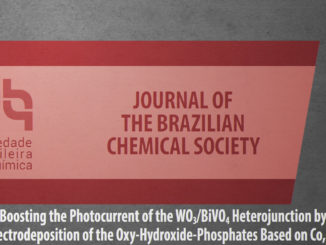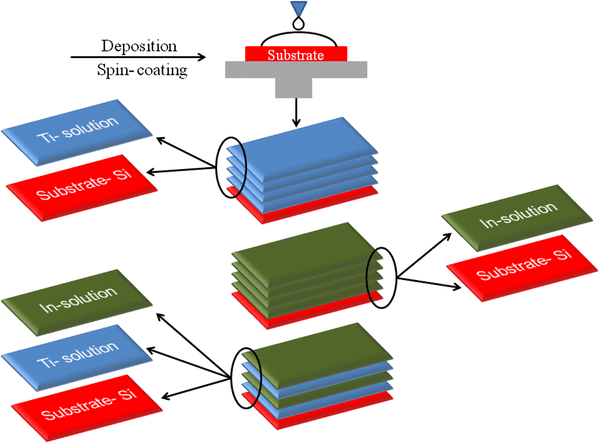
Red-emitting CaWO4:Eu3+,Tm3+ phosphor for solid-state lighting: Luminescent properties and morphology evolution
Abstract: CaWO4:xEu3+,yTm3+ crystals were obtained by facile synthesis at low temperature by the microwave-assisted hydrothermal method (MAH). The phase formation, morphology, luminescent properties and energy transfer were investigated. The X-ray diffraction (XRD) results show the formation of a scheelite-like tetragonal structure without the presence of secondary phases. The growth mechanism of hierarchical microstructures based on self-assembly and Ostwald-ripening processes was evaluated, obtaining different types of morphologies. The luminescence spectra of CaWO4:Eu3+,Tm3+ at 325 nm excitation show the predominance of red emission at the 5D0 → 7F2 (Eu3+) transition at 624 nm. This feature signals dominant behavior of the electric dipole type. The presence of Tm3+ is notably evident in the absorption spectra by the related excitation transitions: 3H6 → 1G4, 3H6 → 3F3 and 3H6 → 3H4. Color parameters are discussed to characterize CaWO4:Eu3+,Tm3+ emission. The study of the emission spectrum as a function of the concentration of Eu3+ (x mol%) and Tm3+ (y mol%) indicates that the CaWO4:Eu3+,Tm3+ phosphors show stronger red emission intensity and exhibit the CIE value of x = 0.63 and y = 0.35. The photoluminescence results show 97% high color purity for CaWO4:4 mol%Eu3+, a high CRI (92%) and a low CCT of 1085 K. These results demonstrate that the CaWO4:Eu3+,Tm3+ red phosphors are promising as color converters for application in white light-emitting diodes and display devices.
Author(s): ovisa, L. X.; da Silva, J. M. P.; Santiago, A. A. G.; Li, M. S.; Longo, E.; Paskocimas, C. A.; Bomio, M. R. D.; Motta, F. V.
Journal of Rare Earths
Published: February 2022, Volume 40, Issue 2, Pages 226-233
DOI: https://doi.org/10.1016/j.jre.2021.01.005
CDMF
The CDMF, hosted at the Federal University of São Carlos (UFSCar), is one of the Research, Innovation and Dissemination Centers (RIDC) supported by the São Paulo State Research Support Foundation (Fapesp), and also receives investment from the National Council Scientific and Technological Development (CNPq), from the National Institute of Science and Technology of Materials in Nanotechnology (INCTMN).




